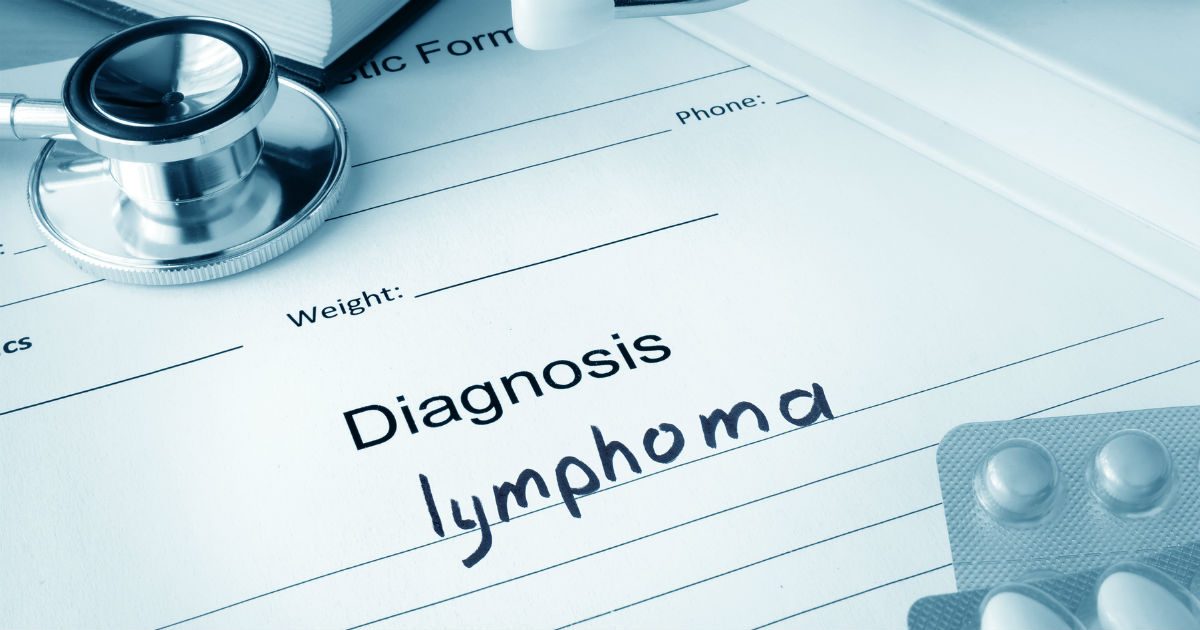
The Dude says he has lymphoma. Jeff Bridges, who starred in that iconic role in the dark comedy, The Big Lebowski, announced on Twitter recently that he has been diagnosed with the disease, a form of blood cancer. “Although it is a serious disease, I feel fortunate that I have a great team of doctors and the prognosis is good,” Bridges posted. “I’m starting treatment and will keep you posted on my recovery.”
While the Hollywood legend was frank about the seriousness of his diagnosis, he was vague about the specifics of his condition. And his Twitter post raises more questions than it answers. What type of lymphoma has he been diagnosed with? How advanced is the disease? What type of treatment is he receiving?
Similar name, many differences
Lymphoma isn’t just one disease but comes in dozens of forms under two main types. They are:
And while the two diseases sound similar and share common traits, they are different diseases with dozens of subtypes that require a specific and accurate diagnosis in order to develop an appropriate treatment plan.
“It is critical to get an accurate diagnosis since the many types of lymphoma may be treated differently, says Anthony Perre, MD, Vice Chief of Staff, CTCA Philadelphia, who was diagnosed with stage 2A Hodgkin lymphoma in 2007. “Today, the molecular analysis of the specific type of lymphoma may also lend insight how to best treat the person.”
So how do the two main types of lymphoma compare? Here’s how:
Similarity: Both main types of lymphoma are named for Dr. Thomas Hodgkin, a 19th century British physician and pathologist who first chronicled symptoms of the disease in a groundbreaking article detailing patients with enlarged lymph nodes and spleens. The term “Hodgkin's disease” was coined decades later by others building on his work.
Difference: Hodgkin lymphoma, as it is currently known, is identified in a biopsy by the presence of Reed-Sternberg cells, mutated B-cells that may be five times the size of healthy cells. Reed-Sternberg cells are not found in non-Hodgkin lymphoma.
Similarity: Both lymphomas are cancer of the lymphocytes, the white blood cells found in the immune system. Lymphocytes are born in bone marrow and eventually migrate and circulate in the body in blood or lymph, the clear liquid that travels through the lymph nodes, spleen and lymph vessels. Lymphoma forms when these cells mutate and grow unchecked, crowding out healthy immune cells.
Difference: Non-Hodgkin lymphoma is much more common than Hodgkin lymphoma. According to the National Cancer Institute, non-Hodgkin lymphoma is the seventh most-common cancer in America, accounting for more than 75,000 new cases a year. Hodgkin lymphoma accounts for about 8,500 new cases a year.
Similarity: The diseases are staged with the same system, with each stage assigned depending on the number of lymph nodes affected and the degree to which the cancer has spread to other parts of the body.
Difference: There are about 60 subtypes of non-Hodgkin lymphoma compared to about six Hodgkin varieties.
Similarity: The two types of lymphoma are treated with many of the same approaches, including:
While the general types of treatments may be the same, there may be key differences in the specific drugs used or how the treatments are delivered. Also, CAR T-cell therapy, an emerging form of immunotherapy that uses re-engineered T-cells, may be used for some forms of non-Hodgkin lymphoma.
Difference: Hodgkin lymphoma is a rare cancer more often diagnosed in young adults. About one-third of patients diagnosed with Hodgkin lymphoma are between 20 and 34 years old. The average age of a patient diagnosed with the disease is 39. The average age of a patient diagnosed with non-Hodgkin lymphoma is 66, which is the average age at diagnosis for all cancers combined.
Similarity: Lymphoma symptoms may at first be mistaken for other illnesses, such as a cold or the flu. But when lymphoma develops, its symptoms often persist and do not go away. Common lymphoma symptoms include:
- Fever
- Fatigue or lethargy
- Loss of appetite or vomiting
- Sudden and dramatic weight loss
- Night sweats or chills
- Unexplained pain or swelling
- Difficulty moving body parts
“Although symptoms like fatigue may be very non-specific and attributed to other conditions, early detection and diagnosis often leads to better outcomes, says Dr. Perre, whose tests and scans have shown no sign of cancer for several years. “It is critical to speak with your doctor if you are having any new unexplained symptoms.”
Learn about the symptoms of non-hodgkin's lymphoma.
Difference: Hodgkin lymphoma patients may more often see better outcomes than those diagnosed with the non-Hodgkin form. The five-year survival rate for Hodgkin lymphoma is 87 percent compared to 73 percent for non-Hodgkin lymphoma.
Bridges’ prognosis
Bridges’ Twitter announcement generated a thread filled with good wishes, shared stories of cancer battles and amusing memes featuring Bridges’ many roles, including, of course, The Dude.
In a career that has spanned seven decades, Bridges has established himself as a bona fide movie star. The product of a legendary Hollywood family, he appeared in some of his earliest roles on the scuba-diving-themed adventure TV series, Sea Hunt, starring his father, Lloyd Bridges.
Jeff Bridges has often portrayed gritty or eccentric characters, with movie credits that include The Last Picture Show (1971), Starman (1984), K-PAX (2001) and True Grit (2010). In 1989, he starred with his brother, Beau, in the film, The Fabulous Baker Boys. Bridges has been nominated for seven Academy Awards and won the Oscar for best actor in the 2010 film, Crazy Heart.
Bridges’ Twitter announcement indicates his diagnosis is recent and that he has started a treatment plan. He also used the social media platform to express his gratitude to his fans and followers: “I’m profoundly grateful for the love and support from my family and friends.”
Get answers to common questions about Hodgkin lymphoma and non-Hodgkin lymphoma.
